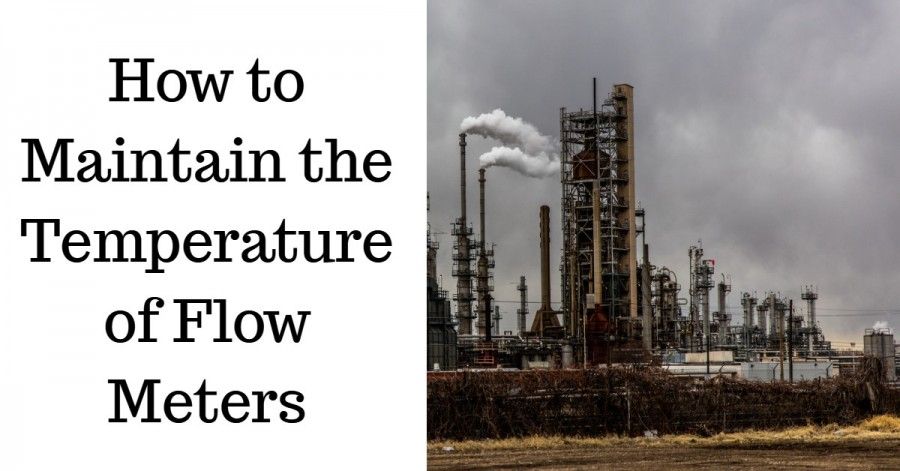Besides measuring flow rate, there are impressive flow meters designed to maintain temperature. Read this article to find out more about thermal flow meter types.
In industries that process and distribute gas and liquid substances, flow rate measurement ensures that the products and processes meet industry needs. This calls for special devices called flow meters used to monitor, sense, regulate, and control flow rate. Besides measuring flow rate to safety standards, other types of flow meters maintain liquid flow temperature. These types of flow meters are called thermal flow meters. Today, we will look at how thermal flow meters are used to maintain temperature in flow meters. Read on to find out more about thermal flow meters.
In the dye casting industry, thermal flow meters are essential devices used to maintain liquids' temperature. The reason being that many challenges in this sector of production are related to thermal energy. Thermal flowmeters are uniquely designed to control heat comprehensively. These flow meters work by the temperature of cooling fluid at the outlet and inlet are optimized or regulated.
A thermal flow meter in the die casting industry regulates the cooling fluid uniformly by controlling the heat transferred between the cooling fluid and the die's surface, all through the die. Let's now five deep by explaining the temperature maintenance process is done using thermal flow meters.
What is a Thermal Mass Flow Meter?
A thermal mass flow meter is a special kind of flow meter used in liquid and gas measurement applications. However, most of these types of flow meters are used in industries that deal with gas substances. A thermal flow meter operates by using one or more heat sensors to dissipate and measure the flow stream's heat source.
What principle does a thermal mass flow meter operate under?
When a hot object comes into contact with a liquid, heat is taken away from the liquid's object. When this happens, the temperature of the liquid increases. Thermal mass flow meters measure flow this way. The working principle of thermal flow meters is pretty straightforward, as you can see.
What are the Various Types of Thermal Flow Meters?
Flow meters come in various categories and types. In the thermal mass category meters, there are three main types of meters. All these three types detect heat loss from the heated surface to measure liquid flow rate. The three main types of thermal mass flow meters include:
-
Thermal Dispersion/Immersible
In this type of flow meter, heat is removed in the flowing fluid towards the boundary layer across the heated area.
-
Capillary Tube
In a capillary tube thermal flow meter, a tiny heated capillary tube is used to transfer heat. The tiny tube runs parallel to the main flow path. These thermal mass flow meter types have several mass flow controllers or MFCs.
-
Temperature Differential Type
When maintaining temperature, this thermal flow meter uses two RTDs. One of the RTD is heated while another one is unheated. Both of these RTDs are attached to the tube's outer portion. The primary flow signal is the temperature difference read by these two RTDs. Since flow reduces heat, the differential is on the low in high flow conditions. Less heat is reduced during low flow, and the differential goes up.
How is Dissipated Heat Measured in Thermal Flow Meters?
Two electronic techniques are used to measure heat loss in thermal mass flow meters. These two methods include:
-
Constant Temperature Differential
In this method of measuring heat loss, two sensors are used. One of them measures temperature, while the other sensor is heated.
The electrical power needed to maintain the temperature is used to calculate the flow rate based on different sensors' readings.
-
Constant Current Technique
This method of measuring heat loss is not used much often. The method involves two sensors. One of the sensors is heated, while the other measures the flow stream's temperature. The constant is where the power of the heated sensor is held. The difference between the heated sensor and flow stream temperature provides the flow rate.
These techniques use the same principle, which involves a heated sensor and flow stream that results in a high-velocity flow rate.
Conclusion
When using a thermal mass flow meter, you need to know that these flowmeters independent of viscosity, pressure, and density. The thermal flow rate provides an accuracy rate of 1 to 2 percent. In any thermal flow measurement is an unobstructed flow path or any moving parts.

